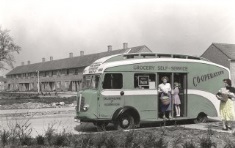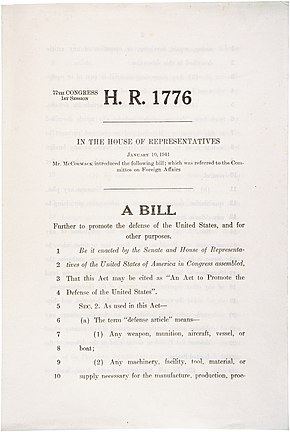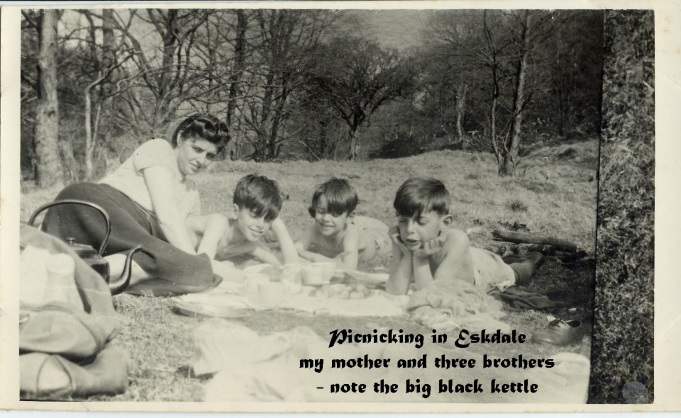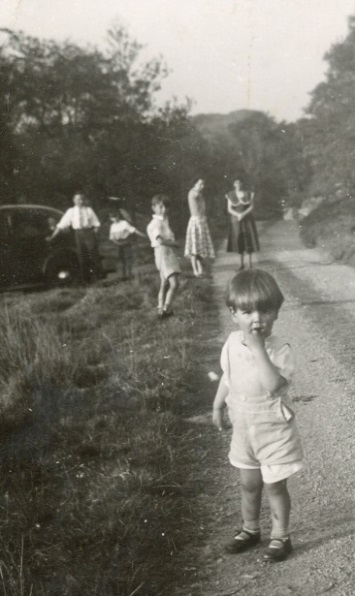The Ration Book shown in the previous showed the specific name of the shops where you can buy the rationed foods. In this post, I will discuss the different shops and local communities during the time around the time of the war and how these may be compared at present time. You can read them again here: War-time Rationing and the Period of Austerity and The Evolution of Rationing and Eating Habits.
Ben Wear’s Grocery Shop
One of these shops was Ben Wear’s Grocery at the centre of the town, not far from the Coop (which was also a ‘registered’ shop). I can still remember the silver-haired Mr. Wear and his old mother who had a mole, moustache, and beard!
Ben Wear’s shop was a historical anachronism, with a counter and shelves behind the counter stacked with products, while a meat slicer on the counter. This was of course an important tool, because during rationing, they measured the amount of meat you could buy down to the last ounce.
I remember Ben Wear mainly because he was a friend of my eldest brother Sandy. Sandy was impressed by the fact that ‘old’ Ben Wear used to win all the prizes at the rifle range at the fun fair that used to come to the village 2 or 3 times a year. In other words, Ben Wear was one of the village ‘characters’.
The point here is that people who worked in the shops were not just ‘workers’; they were also socially active in the local community. When you went to the shops, you could also have a ‘chat’ about what was going on in the village. You may even compare it to going to going to the hairdresser’s. Thus, the Wear family had run the business for a long time. That was particularly admirable because during this time, ‘supermarkets’ had already been introduced. The nearest to our town was in the neighbouring town Leigh (to the delight of my mother!).
Mobile Grocery Shops
Another shop during that time that added a persona touch were the mobile grocery shops68. These are old buses that delivered groceries to the door, which I have been fortunate enough to experience working at. That time, it was mostly the boys and men who took up that job, and they would be bringing the grocery to the same doorsteps every time, hence the familiarity.
The loss of the ‘personal touch’
Today in 2022, most of the workers in the shops are employed on a part time basis (the ‘gig’ economy), and come and go, so any ‘social’ communication is on a very superficial level. Thus, the quest for profit seems to have forgotten the fact that humans are social animals. But humans are also ‘rational’ beings, so they will shop at the cheaper supermarket rather than the ‘corner shop’. Those who do are often unaware that in the long run that by buying cheaper products, they might also be cheapening the quality of their own lives in the process.
As for the mobile grocery shops, you can say that a similar concept of that has been recreated in our present society. As a famous poet once said, “nothing is new under the sun”69. Thus, what is so ‘new’ about ‘online groceries’ one may ask? The difference is that you can’t have a ‘chat’ with your ‘online grocery man’, because he is so underpaid that he doesn’t have the time for a chat – and anyway, it will always be a different ‘man’.
68 See the following website: https://www.hertsmemories.org.uk/content/herts-history/places/shops/working-on-the-mobile-grocery-shop-in-the-1950s Read: 20 April 2022.
69 £sd (Lsd) spoken as “pounds, shillings and pence” is the popular name for the pre-decimal British currency. The abbreviation originates from the Latin currency denominations librae, solidi, and denarii. In the United Kingdom, these were referred to as pounds, shillings, and pence.




One Reply to “Shops and Local Communities”